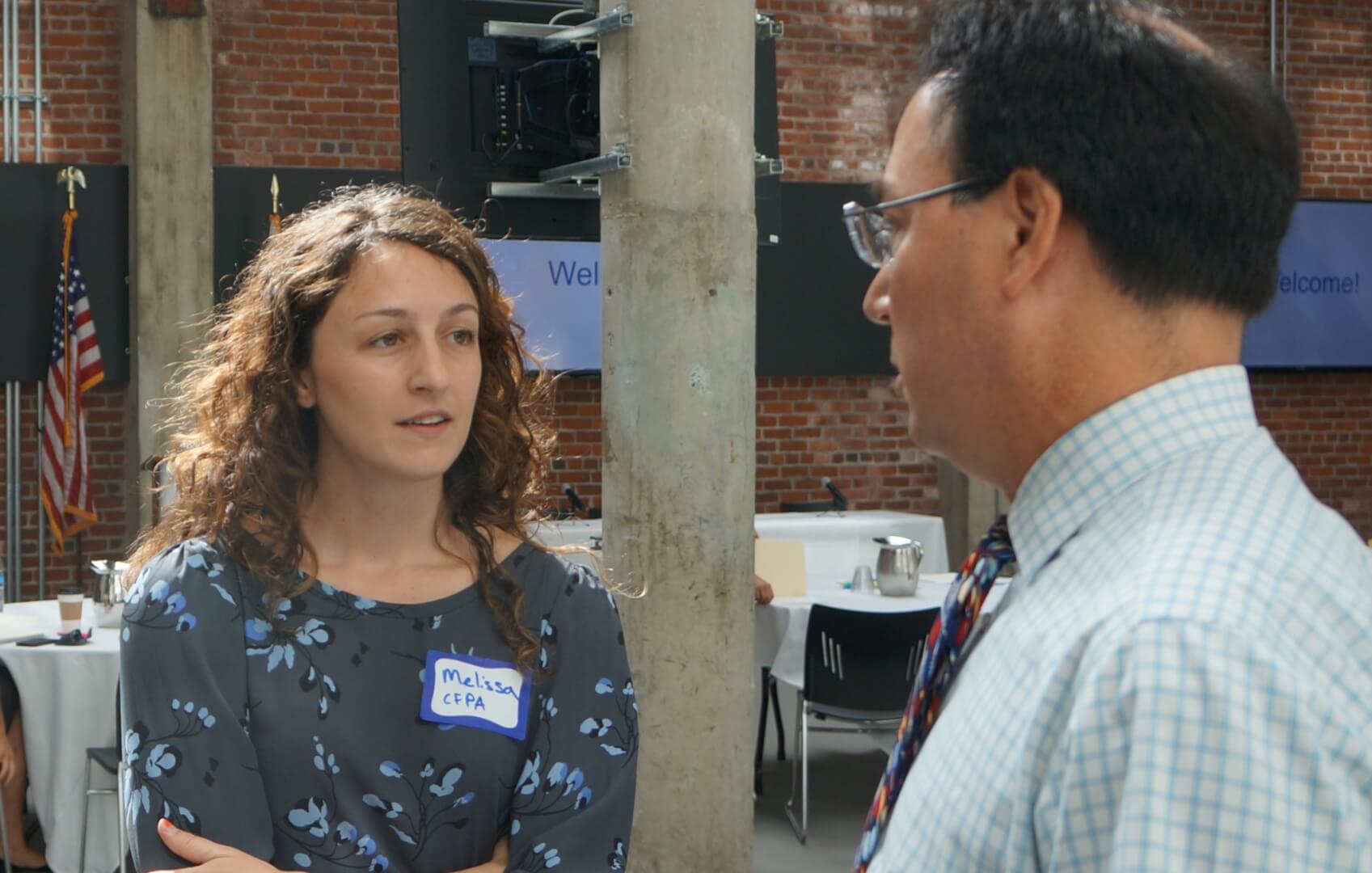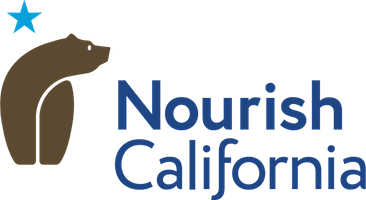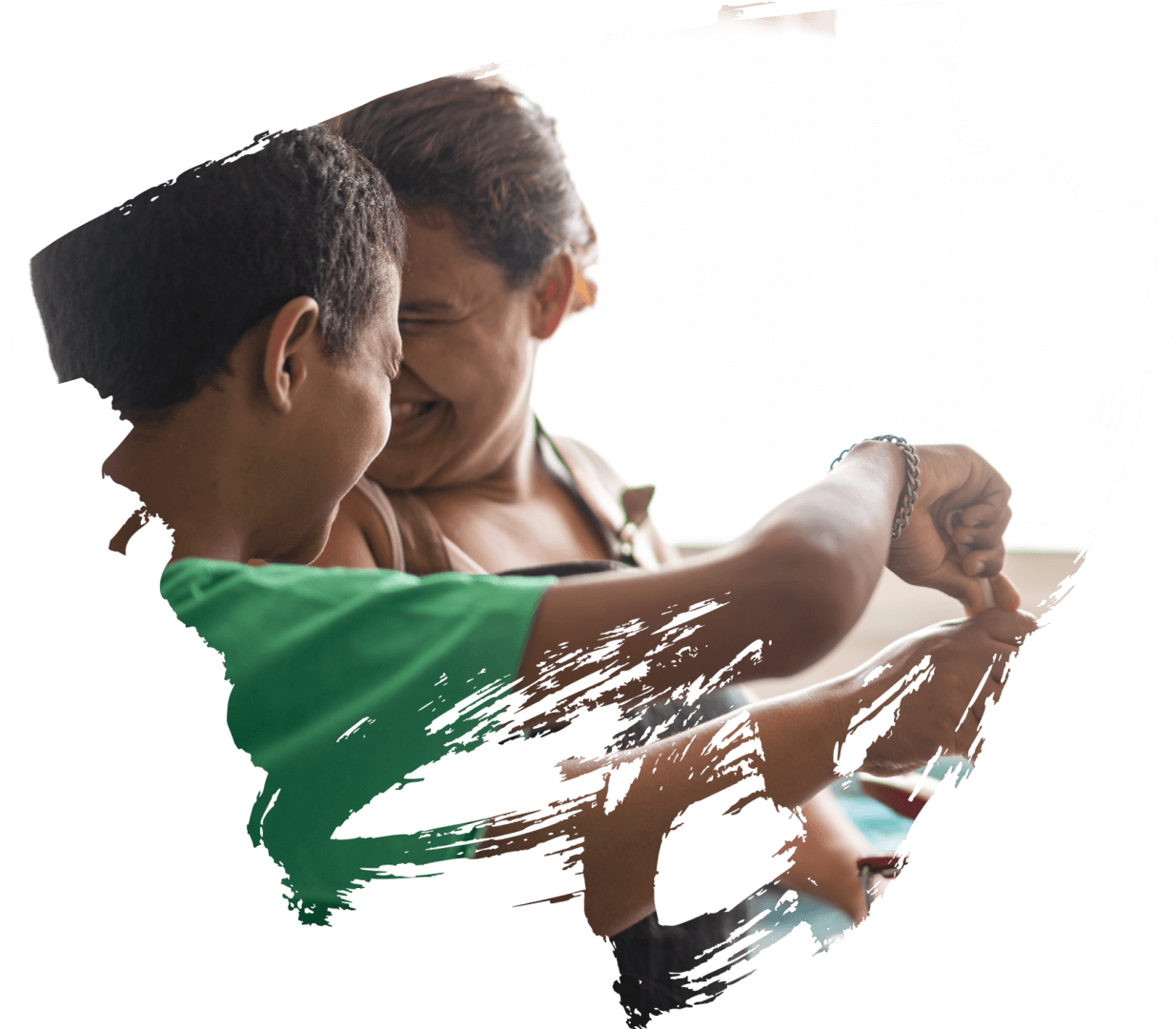Let’s do the SHIG
Published on May 13, 2021 in State Administration
Our efforts to address food insecurity by removing barriers to health information
“Tell your story once.” That was the driving statement behind several of our policy proposals in the early 2000s. We heard from Californians who had to “tell their story all over town” just to get support in meeting their basic needs. So we got to work. We found success ensuring that California families weren’t needlessly burdened by having to “tell their story” more than once to enroll children in health and school nutrition programs. We also ran into a few cases of “HIPAA Phobia” that delayed progress. The federal Health Insurance Portability and Accountability Act (HIPAA) provides important privacy protections. It is also known to generate confusion and inaction as the law is often misunderstood and cited as a reason to say “no” to innovative data-sharing efforts that support health).

Fast forward to 2018. Melissa Cannon found that a myriad of state privacy laws -- not just HIPAA phobia -- were cultivating misunderstanding and barriers to better care. Melissa drew on her years of education and experience to tackle the problem. She has a master’s degree in Health Policy & the Law from a unique trans-disciplinary program that bridges the complexities of the legal system with the intricacies of health care; she previously worked in a health center as a registered dietician, and has lived experience with food insecurity.
One of the first things Melissa did was update the “tell your story once” premise to reflect the growing movement around whole-person care. She saw that many health providers were addressing social determinants of health, including efforts to help patients secure resources for food. But she knew much, much more could be done with the appropriate sharing of patient information -- if barriers could be identified and removed.
How could we identify and remove barriers to sharing patient information? Melissa started with listening andlearning from health care stakeholders. They discussed increasing the capacity of health care and anti-hunger entities to improve the food security of at-risk Californians through systemic changes to the state’s health care safety net. During this “listening” phase, Melissa heard from nutrition service providers, enrollment assisters, health clinics, and managed care plans.

Throughout these conversations, there was interest in data sharing but confusion about what information could be shared, both with and without further action by the patient, to support the enrollment in nutrition programs. Innovative projects were not being pursued or were stalled because of this confusion. Clarity was needed, but where would it come from?
Melissa soon discovered that she was not alone in her thinking. Advocates for Behavioral Health Services were also interested in increased information sharing but found confusion was a barrier. The California Health Care Foundation funded a project designed to provide clear, definitive guidance on the sharing of behavioral health information. Melissa herself was pretty clear: “we need that for that for food assistance in California, too.”

Our longtime colleague at the California Health Care Foundation, Catherine Teare, connected us with the Office of Information Integrity (OHII) at the California Health and Human Services Agency who issued the behavioral health guidance. Once we met with Jennifer Schwartz from OHII to request guidance on food assistance, we knew we had engaged the right people (she had that government can-do attitude, ala Leslie Knope.) The state had an impressive federal funding match they could draw down to support the development of the guidance - if other funds could be raised. We approached CommonSpirit HealthSpirit/Dignity Health for the funds to be matched and soon we were off and running.
Fast forward again, this time to 2020. The global pandemic did not derail progress on the project. Communities were engaged, convenings were held, advisory committees met, and scenarios were explored. All of this work culminated in the release of updated Statewide Health Information Guidance (SHIG) in April 2021.
The process and the partners engaged in this effort are described well in the guidance itself. We do want to take a moment to acknowledge the special contributions of the California Primary Care Association, the Archstone Foundation, the California Health Care Foundation, Kaiser Permanente, and the advisory group members, in addition to CommonSpirit Health.
So what’s next?
This post outlines a number of next steps to maximize and make use of the SHIG. Join Us on May 20, 2021, at 1 pm for a webinar on the SHIG 2.0. Register here
While spreading the word on what barriers this guidance should remove, we’ll commit to digging into the remaining policy barriers that this work has uncovered or reconfirmed. There is much more to be done. In the meantime, let’s celebrate the progress made and the contributions of those who made this progress possible during very challenging times. How should we celebrate? Might we recommend a dance?



